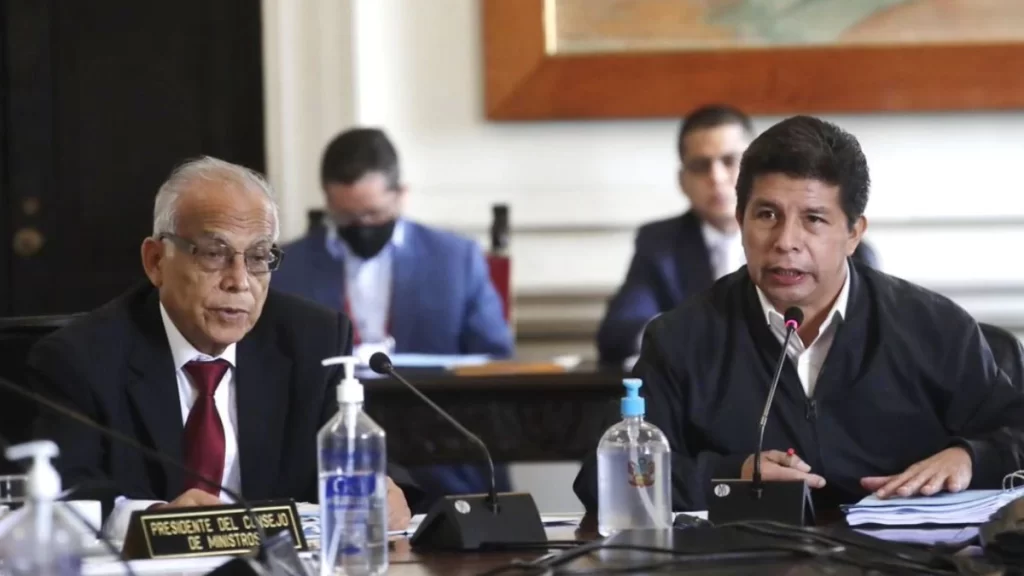To say that the past week of politics in Peru has been a roller coaster ride would be an understatement.
Then-President Pedro Castillo shocked the international community on December 7, 2022, when he announced a plan to dissolve the Peruvian Congress and set up an emergency government. From there, Castillo pushed for parliamentary elections that would lead to the creation of a new constitution.
Castillo pulled these moves in anticipation of the Peruvian Congress’s decision to impeach him. At the time, lawmakers were moving forward with a third impeachment attempt, in which they accused Castillo of corruption.
Castillo’s attempted power grab compelled several members of his cabinet to resign. In addition, various Peruvian officials and regional neighbors condemned Castillo’s move. The Peruvian military was also critical of Castillo’s maneuver to undermine the legislative branch, describing it as an “infringement of the constitution.”
Peruvian elected officials impeached Castillo, which then prompted his arrest by police in Lima. The office of Peru’s Attorney General declared that Castillo had been arrested for the alleged crime of rebellion and “violating the constitutional order.”
Once the smoke cleared from Castillo’s removal from power, Dina Boluarte assumed Castillo’s role, thereby becoming Peru’s first female President. In attaining the presidency, Boluarte became Peru’s sixth president in less than five years. Presidential stability has clearly not been one of Peru’s strong suits in recent years.
Peru, like most countries in Latin America, has a long history of being politically unstable and has experienced nine coups over a century. Institutional stability is often a fleeting prospect for many Latin American countries.
Castillo himself is an interesting figure. As a member of the Latin American Left, Castillo is no fan of United States hegemony in the Western Hemisphere and has demonstrated a willingness to cooperate with Eurasian rivals such as China in trade and Russia on vaccine deployment and other economic matters. China is Peru’s largest trading partner. According to World Bank data, Peru exported $10.96 billion in products in 2020. Similarly, Peru imported $10.31 billion in products that same year. With Japan and South Korea also being in the top 5 of Peru’s largest export markets, Peru’s economic axis appears to be more centered towards East Asia.
Castillo is a member of the Free Peru party and is largely viewed as a political outsider. He was elected in the summer of 2021 on a platform featuring agrarian reform, the potential nationalization of the country’s gas reserve, the establishment of a state-owned national airline, and a constituent assembly to replace the current constitution, which was established during the controversial administration of Alberto Fujimori during the 1990s.
With Castillo out of the picture, and Dina Boluarte now at the helm, it remains to be seen how Peru will align itself on the world stage. Economically speaking, Peru will likely align itself more towards Asia. However, on the political and military fronts, it may pursue more of a hedging strategy. After all, the US is willing to engage with certain leftist governments — Gabriel Boric in Chile and Gustavo Petro in Colombia — provided that they don’t pursue explicitly anti-US policies and directly harm American enterprises in those respective countries.
Undoubtedly, heightened geopolitical and geoeconomic competition are the new realities in Latin America, as the US is no longer the only economic juggernaut in town. As the Chinese economy grows even larger it will continue to make inroads in Latin America — a development that will irk Washington.
Even with Pedro Castillo deposed, Peru will still have to contend with the issue of balancing between the US and China. Peru will be just one of many competitive theaters where the US and China square off in their quest to assert global dominance.
